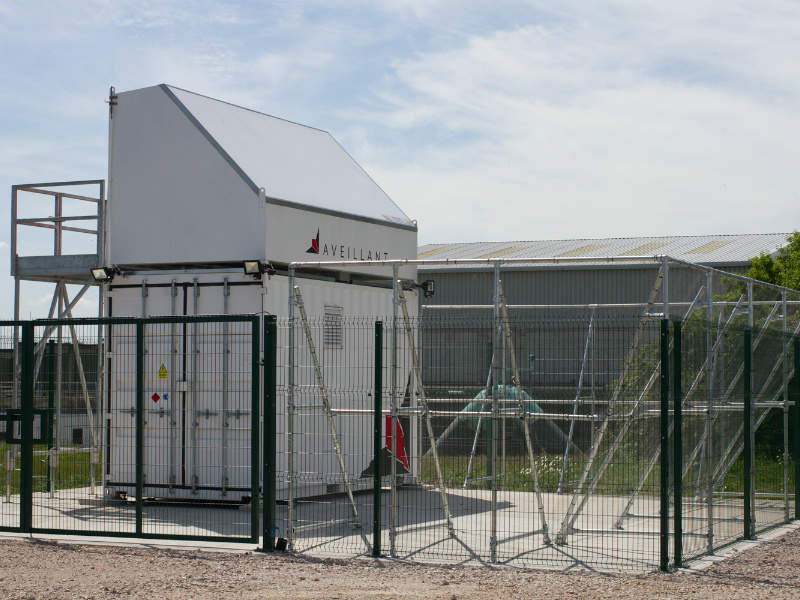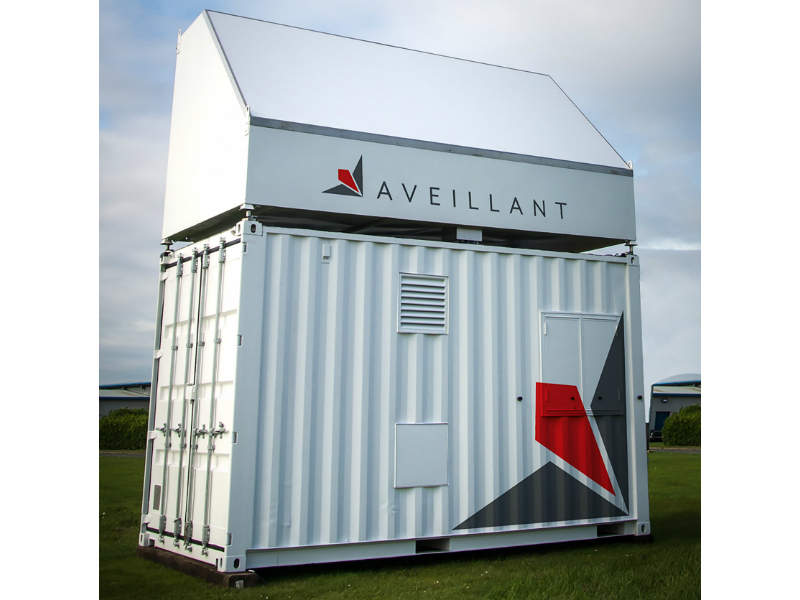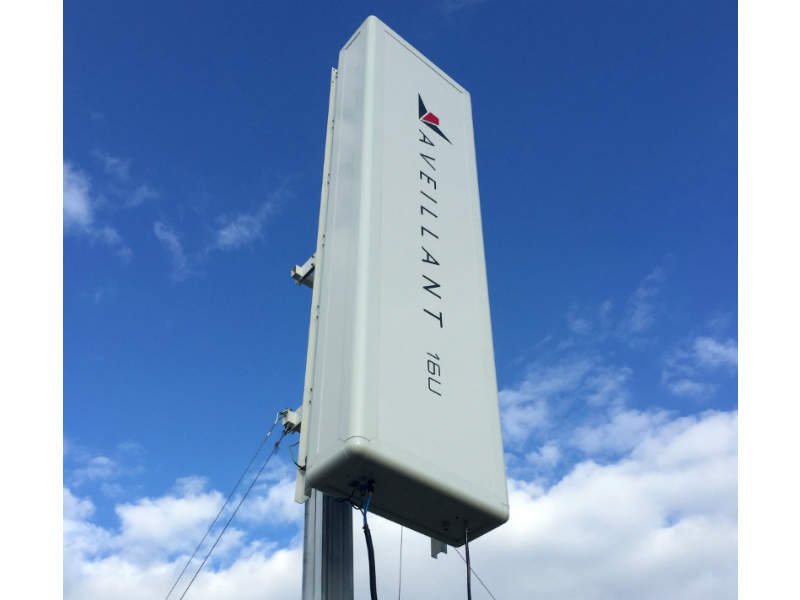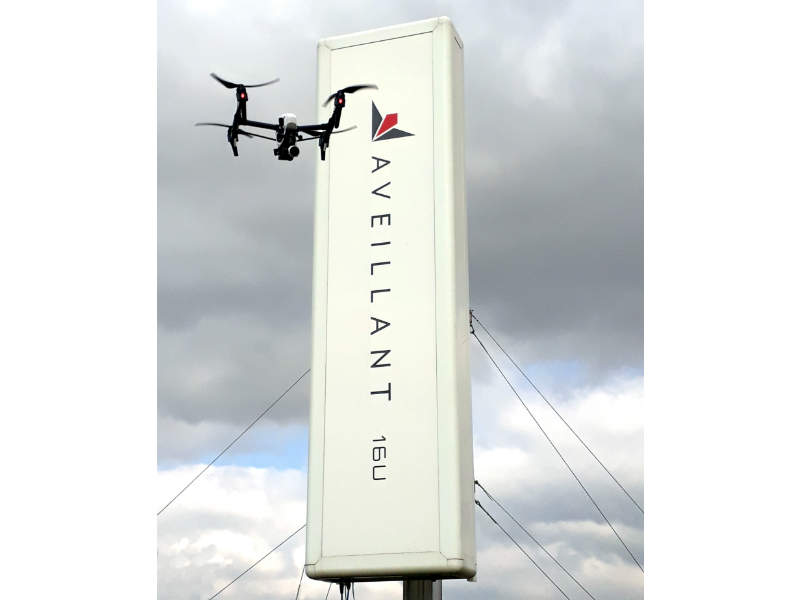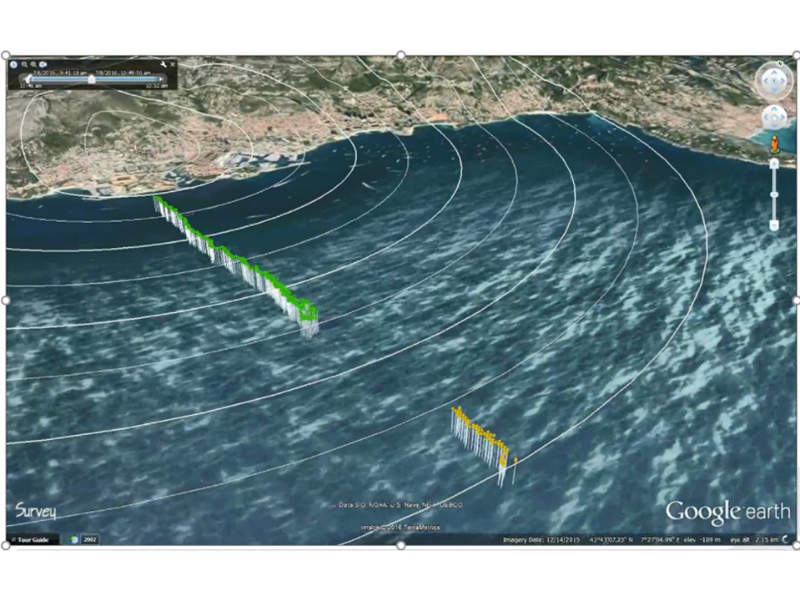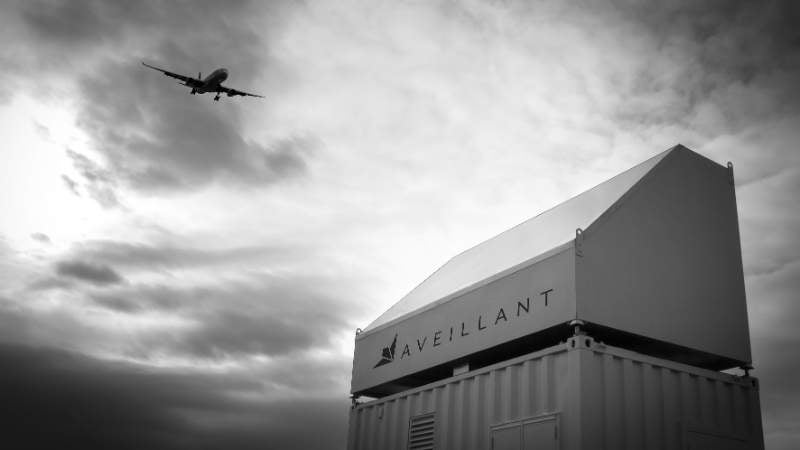
Aveillant provides advanced Holographic Radar systems for detection of small unmanned air vehicles (drones), wind farm mitigation and air traffic control.
The advanced Holographic Radar differs from traditional mechanically and electronically scanned systems as it locates targets in three dimensions using a very wide angle transmitted pulse, and then forming multiple simultaneous receive beams. It monitors all targets within the field of view continuously, which provides increased sensitivity and the ability to track even small targets at long ranges.
High-performance and cost-effective Holographic Radar
Aveillant’s Holographic Radar approach illuminates all of the targeted space at all times and is therefore always illuminating the target. This enables long dwell times and very fine motion resolution. It uses a receive array antenna that is digitised at element level. This results in the complete surveyed volume being segmented into three spatial dimensions of range, azimuth and elevation, in addition to target velocity.
Holographic Radar is designed from the outset to extract target-specific information in order to classify targets. Classification can be accomplished using the 3D nature of the radar, using long-term motion information, echo strength and echo modulation (micro-motion).
Despite delivering a number of benefits compared to traditional radar systems, Holographic Radar uses simple radio frequency and digital design to realise the concept cost-effectively. There are no moving parts meaning maintenance and life costs are minimised.
Gamekeeper radar for detection of small unmanned aircraft
Aveillant’s Gamekeeper 16U is designed to detect, track and classify all types of drones, including micro systems such as DJI Phantom. The system provides 3D target tracks and target classification to discriminate drones from birds.
The system has been used to detect drones in busy airports such as Paris Charles de Gaulle, as well as coastal locations in Monaco, and urban environments in Singapore.
Theia infill radar for wind farm mitigation
The Theia 16A holographic radar provides air traffic controllers clear aircraft tracks close to and directly above wind turbines, which can affect the image on a traditional air traffic control radar. Rotating wind turbine blades can cause clutter and false tracks as the blade tips give large radar reflections with ‘Doppler shifts’, which are similar to those from aircraft.
Holographic Radar can recognise and then remove the reflections from wind turbines meaning the air traffic control display will only show the genuine aircraft tracks.
The Theia 16A radar has a range of 5nm and is used in compliance with Civil Aviation Authority (CAA) safety regulations at East Midlands Airport in the UK.


